Contact us
First Floor, 159 Victoria Pde
Collingwood, VIC 3066
(Google Map)
1300 727 952
or
+61 3 9910 4099
Design thinking
Design thinking encompasses design strategy and implementation to give you the most innovative and intuitive digital solution possible.
The ingredients...
When it comes to digital innovation, there are lots of elements that come together to create a great design experience. Many of these need to be addressed in the strategy and planning phase of your project — from a Business Model Canvas and user research, to customer experience maps and information architecture. Smart design’s also about implementation, about creating the best user interface possible, designing intuitive micro interactions and ensuring your digital solutions reflect and enhance your brand.
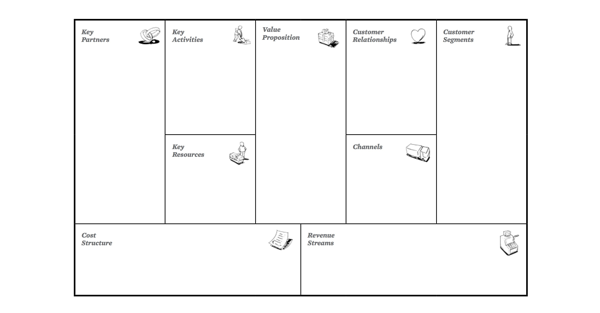
Business Model Canvas
A Business Model Canvas works as a template to develop new business models or document existing ones. Its visual nature makes it readily accessible — an at-a-glance overview that captures your:
- Value proposition
- Resources
- Revenue streams and cost structures
- Important customer information
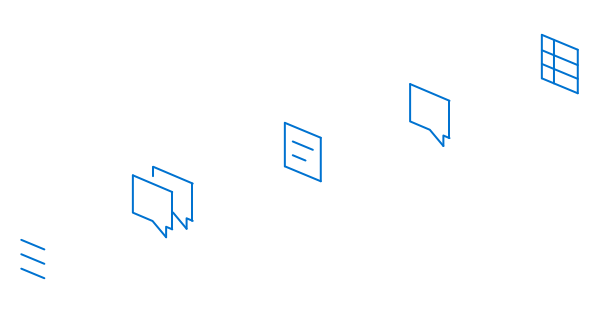
User research
User research profiles user's backgrounds and monitors behaviours so this information can be fed into the design process to create the most user-centric design possible. User research may include questionnaires, observing users’ interactions with the system/prototypes, focus groups and other methods to gain an insight into users’ needs, behaviours and motivations.

Empathy map
An empathy map is a great tool to gain a deeper insight into your customers. Empathy maps are often completed for different customer segments and broken into four areas:
- See (the customer’s environment)
- Hear (what the customer hears from those around them and influencers)
- Think and feel (what’s important, worries, aspirations, etc.)
- Say and do (public attitude, what they say, how they behave)
This is overlaid with the customer segment's pains (fears, frustrations or obstacles) and their gains (what success looks like).

Value proposition design
Value proposition design focuses on mapping your products and services to provide gains and ‘pain relief’ for your customers. Creating a map/template like this can help you design and refine customer value propositions that can then plug into your Business Model Canvas.

Service design
Service design analyses existing services and creates new services by focusing on customers and how to best meet their needs. Service design also takes into account the service provider’s capabilities, to ensure the best service possible is created and delivered. Service design takes a multi-faceted approach, looking at people, infrastructure and communication.
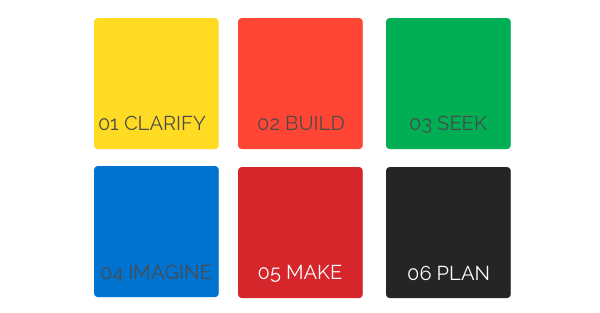
Design thinking and co-creation
At the heart of design thinking is creating a user-focused experience. Salsa Digital’s approach puts people at the centre of the product and service design. We also know how important co-creation is — bringing together people with different types of expertise to create the best result possible. Technology can provide a solution to a ‘problem’, but the reality is no problem is experienced in isolation (rather there are many interconnected problems) and design solutions that excel use co-creation to produce multi-faceted solutions that look at the big picture too.
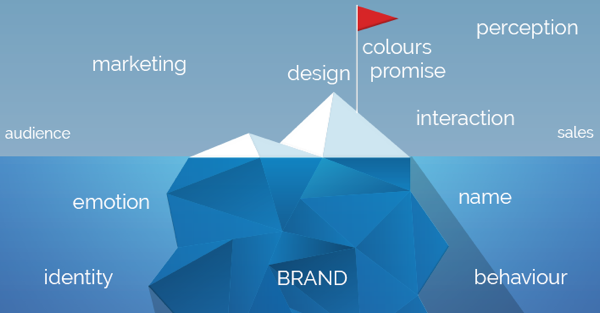
Brand design
Brand identity is a complex combination of the physical elements of a brand (brand name, logo, style and visuals) and the less tangible (emotion, behaviour, brand promise, interaction, awareness, etc.). These elements come together to represent how a business is perceived by its customers/audience.
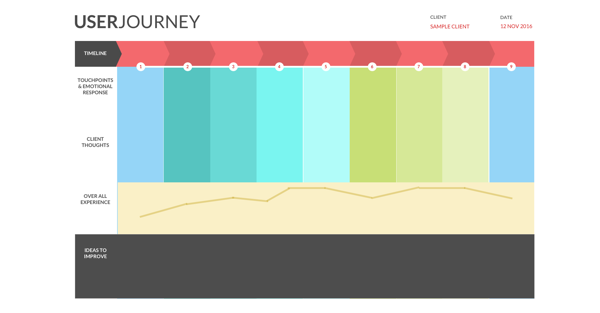
Customer journey map
A customer journey map provides a visual account of where your customers come into contact with you — the customer touchpoints. Another user-focused tool, the customer journey map provides a holistic view of the customer experience from their point of view, allowing you to walk in your customers’ shoes.
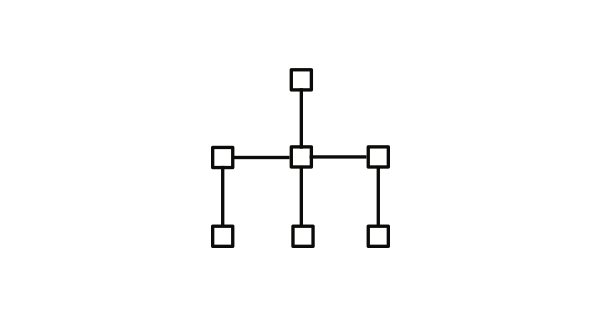
Information architecture
Information architecture (IA) is the way a website’s information (or other digital technology) is structured and organised. The aim is to make the site/technology as user-friendly as possible so users can quickly and easily find the information they’re looking for. At the most basic level, IA groups content into logical areas and then labels that content in an intuitive and self-explanatory way. For example, ‘about us’ is an area most websites have; an area where the user can find company information, history, and so on.
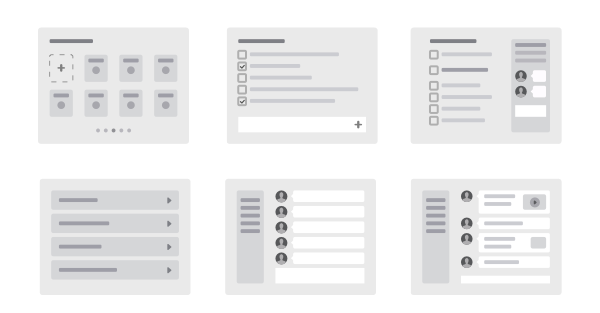
User interface design
User interface (UI) design describes the way an interface (e.g. website pages, mobile apps, touch-screen technologies, etc.) looks and the way users interact with the screen. The focus should always be on making the interface as user-friendly as possible, creating an interface that’s simple and easy to use.
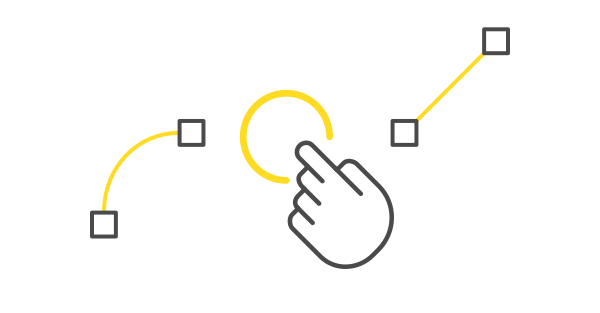
User experience design and prototyping
Creating a prototype of a design/interface brings your ideas as close to the final user experience as possible without actually building the technology. Prototypes can be hand-drawn designs on paper (or whiteboards!), wireframes, or high-fidelity and interactive click throughs. At this stage, user interactions can be fleshed out, and you can shape the experience to best reflect your brand.

User and micro interaction design
Digital solutions, by nature, are interactive. User and micro interactions are about the way a user interacts with the technology. In the case of micro interactions, these refer to specific, single tasks (e.g. changing a setting, ‘liking’ something, syncing data, etc.). These micro interactions are very important to the end user experience and can ensure meaningful and intuitive interactions between your customers and your digital solutions. Designing these to have sounds and animation creates a cause-and-effect interaction.
Why Salsa Digital?
Salsa Digital has been delivering innovative digital solutions since 2003. Our team of designers, engineers and strategists work together to deliver smart Design Thinking that encompasses the full range of Design Thinking elements. Being a team of creative tech heads, we also make sure we’re on top of the latest in our fields, to deliver applications that are both fresh and intuitive.